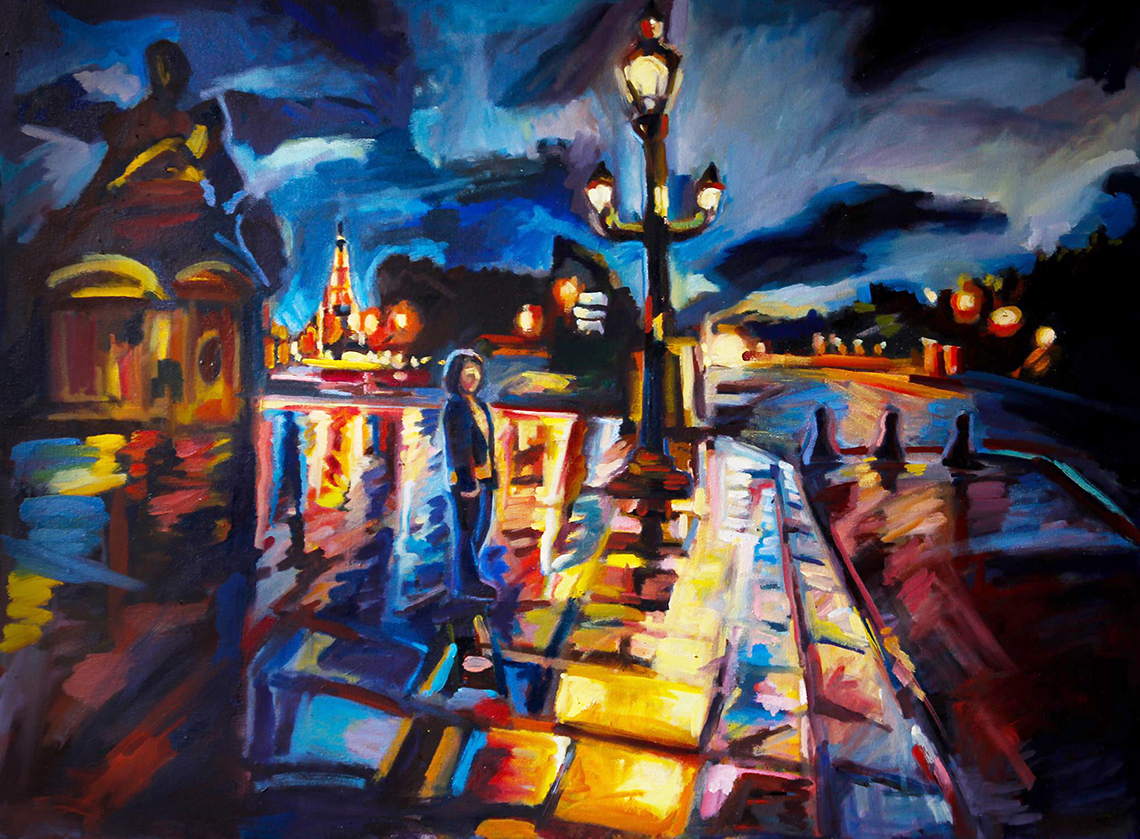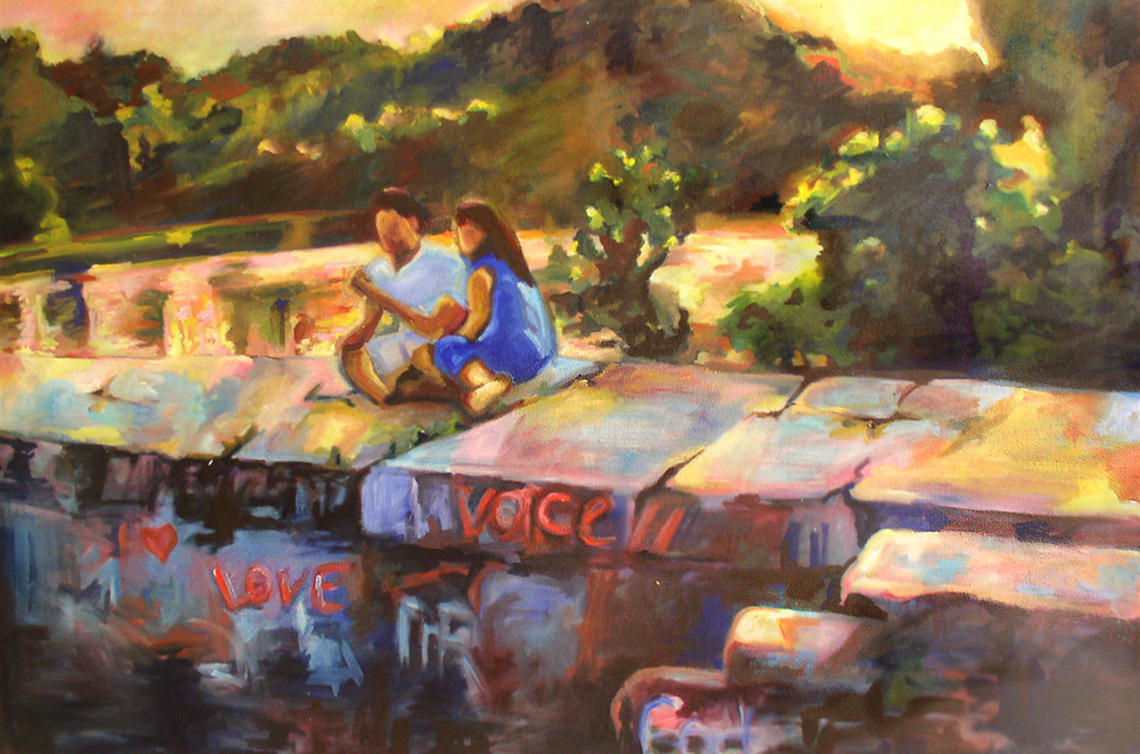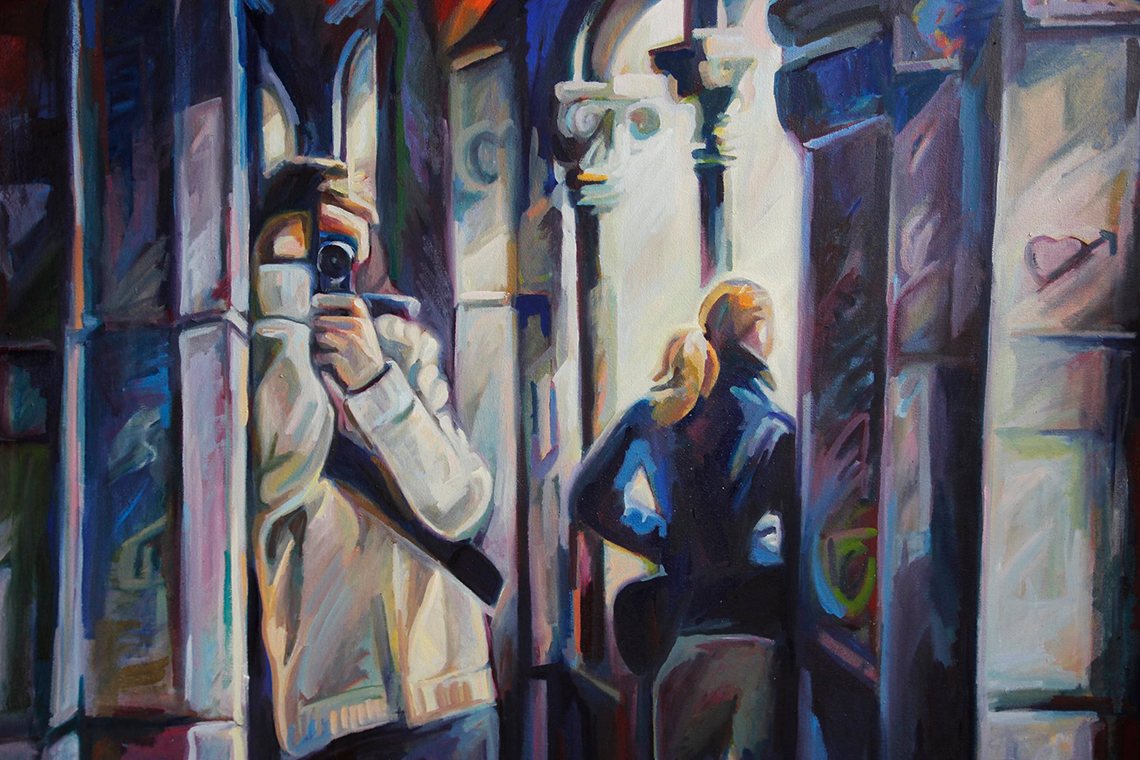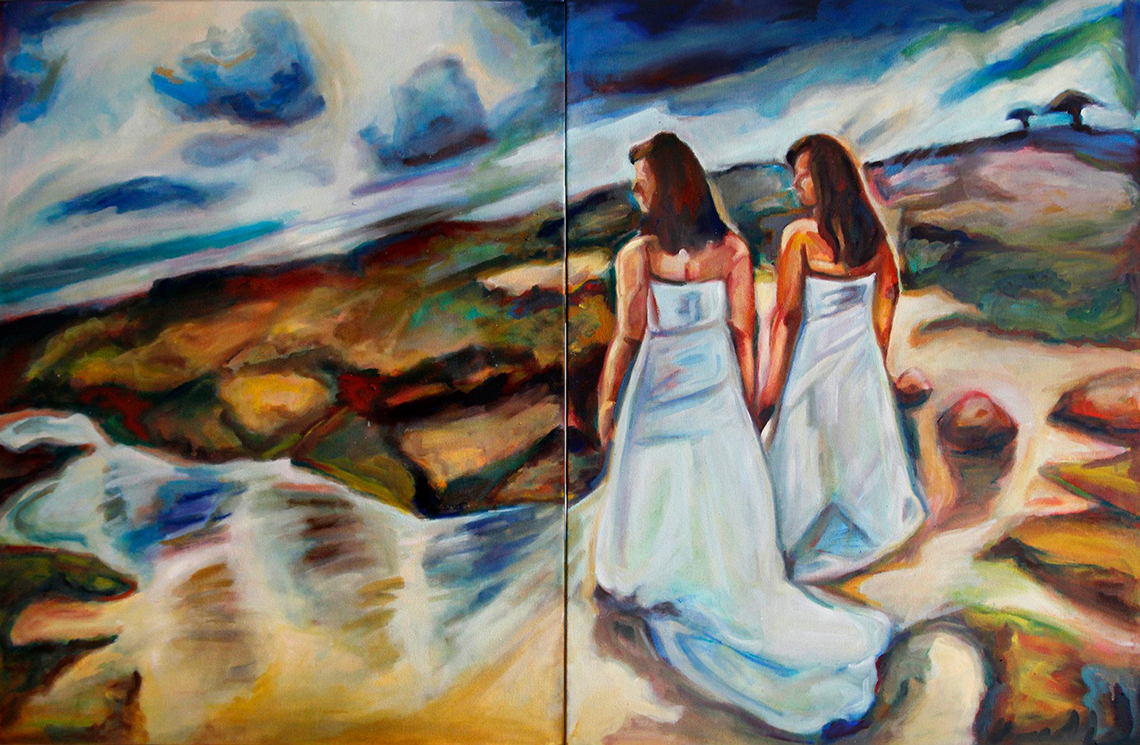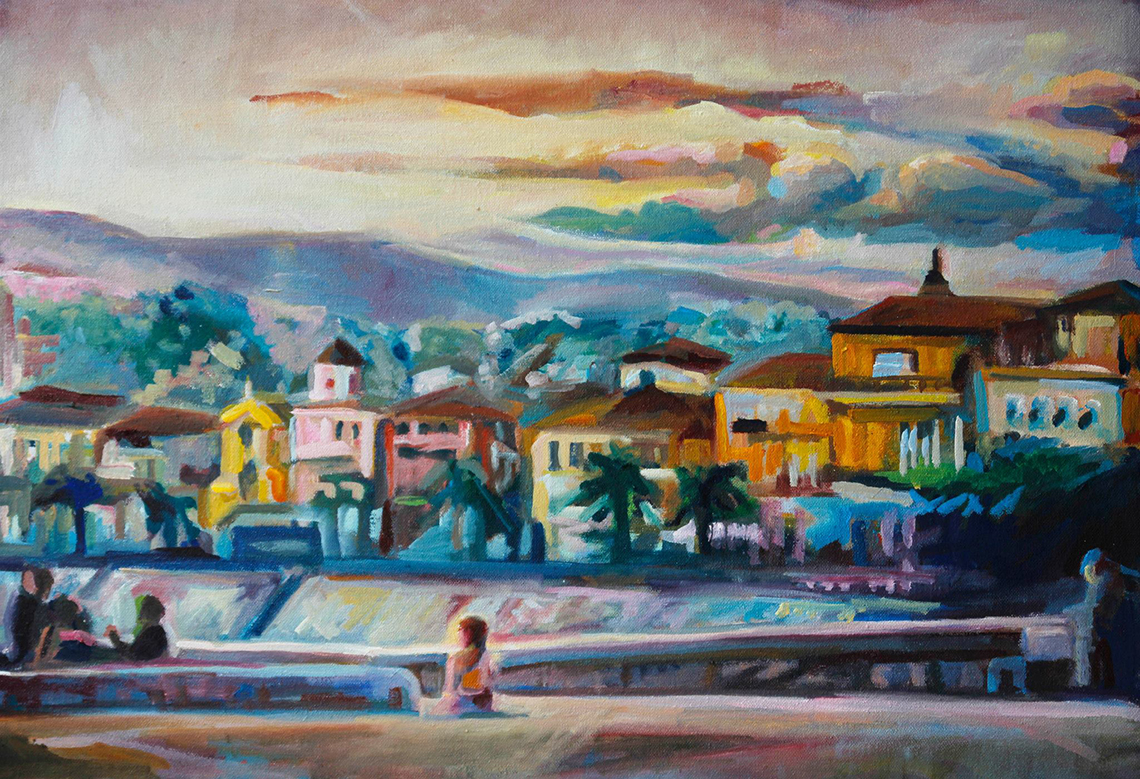“I don’t know where I’m going from here, but I promise it won’t be boring.” – David Bowie
“An Endless Pursuit of all that is NOT Boring” – The title of my first senior show, way back in highschool.
I wouldn’t call myself an “experimental” type of person or painter, or anywhere near that innovative. I love traditional mediums, and I love to paint… whatever I feel like painting.
But yesterday with the passing of one of my favorite musicians, David Bowie, I really took the opportunity to think about innovative artists that really had no fear about trying anything out.
David Bowie almost reminds me of why I’m also fond of Picasso. Both artists couldn’t seem to sit still for any one style, and made their mark by pushing their genres above and beyond the traditional.
“I mean, my whole life is made up of experimentation, curiosity and anything that seemed at all appealing.” – David Bowie
– or –
“How aweful for a painter who loathes apples to have to use them all the time because they go so well with the cloth. I put all the things I like into my picture. The things- so much the worse for them; they just have to put up with it.” – Picasso
What have I learned from those innovators in my own traditionally-driven passion of oil on canvas? I think quite a lot actually.
Whenever, I’ve given lessons in painting, one of the first things I always try to hammer into my students’ brains are to JUST TRY IT OUT! Don’t be afraid to experiment with paint! One thing that always surprises me as a creative, are how many people out there are so afraid to mix colors or to try a “crazy” brushstroke or to mess up.
The current coloring-book trend drives me crazy, not because I mind people relaxing and coloring, but because I now witness so many people afraid to blend colors or color heavily within the lines.
I don’t care if you want to stay within the lines! But if you want to stay in the lines… REALLY STAY WITHIN THE LINES and color heavily and with purpose!
Back to David Bowie – thinking of him, I never feel innovative enough. But then I remember his other message, that anything you do in Art should be intentional. If you color outside the lines, then color outside the lines like a champ. If you want to stay within the lines, love the lines and show it with intention.
Whenever I see someone pick up their first coloring book or first paint brush, they tend to be so timid. They will color lightly or paint lightly, barely covering the canvas. I don’t blame anyone for being initially timid at all, but it drives to me to push them quickly outside of their comfort box.
The quicker they relax and leave their comfort zone, the better results they will see. Painting is an ART not a SCIENCE. You should only fear fear itself. There is plenty of room for mistakes and growth. There is even plenty of room for mistakes that become something wonderful on their own. In science, you should fear numbers and being “correct”. In art, you have to relax and just TRY IT OUT!
As an aside, while I have very little background in science, I’m aware that some scientists must act like artists sometimes and come up with creative solutions and make mistakes as well. Science and art are not 100% exclusive. But for the case of this entry, I’m trying to express how the greatest treat in art is to be able to experiment and make mistakes.
The most fearful time for me is when I start a painting, and then when I get about halfway through. I’m never above doubting myself or my abilities. But the reason I have found some success and have produced some pieces I’m proud of is, is that I don’t let the fear stop me.
The above painting of myself standing in Paris, was one of my more fearful paintings to start. Not only do I have crazy lighting and the perspective of the many sidewalks and cobblestones, and the City of Lights out there in illuminated in the background, but the sky is also crazy dramatic.
I knew I wanted to paint this as soon as I took the photo (I mean my husband clicked the photo itself, but you know what I mean). How I could avoid painting the prism of lights in Paris?
But it was still very difficult. And I didn’t get it perfect either, even at the end!
“All my big mistakes are when I try to second-guess or please an audience. My work is always stronger when I get very selfish about it,” – Bowie
If I wanted to paint a night in Paris, and if I feel like it’s blue, PAINT IT BLUE. If I feel like all the lights project a kaleidoscopic prism on colors onto the gray pavement, then I better paint a wild set of colors. No one leaves the real life Paris unmoved. So if I’m to dare to paint the place, I better at LEAST TRY to paint is bright and colorful!!
Therefore, never be afraid to try. And please if you pick up a coloring book, COLOR BOLDLY!
Thank you,
Kate
